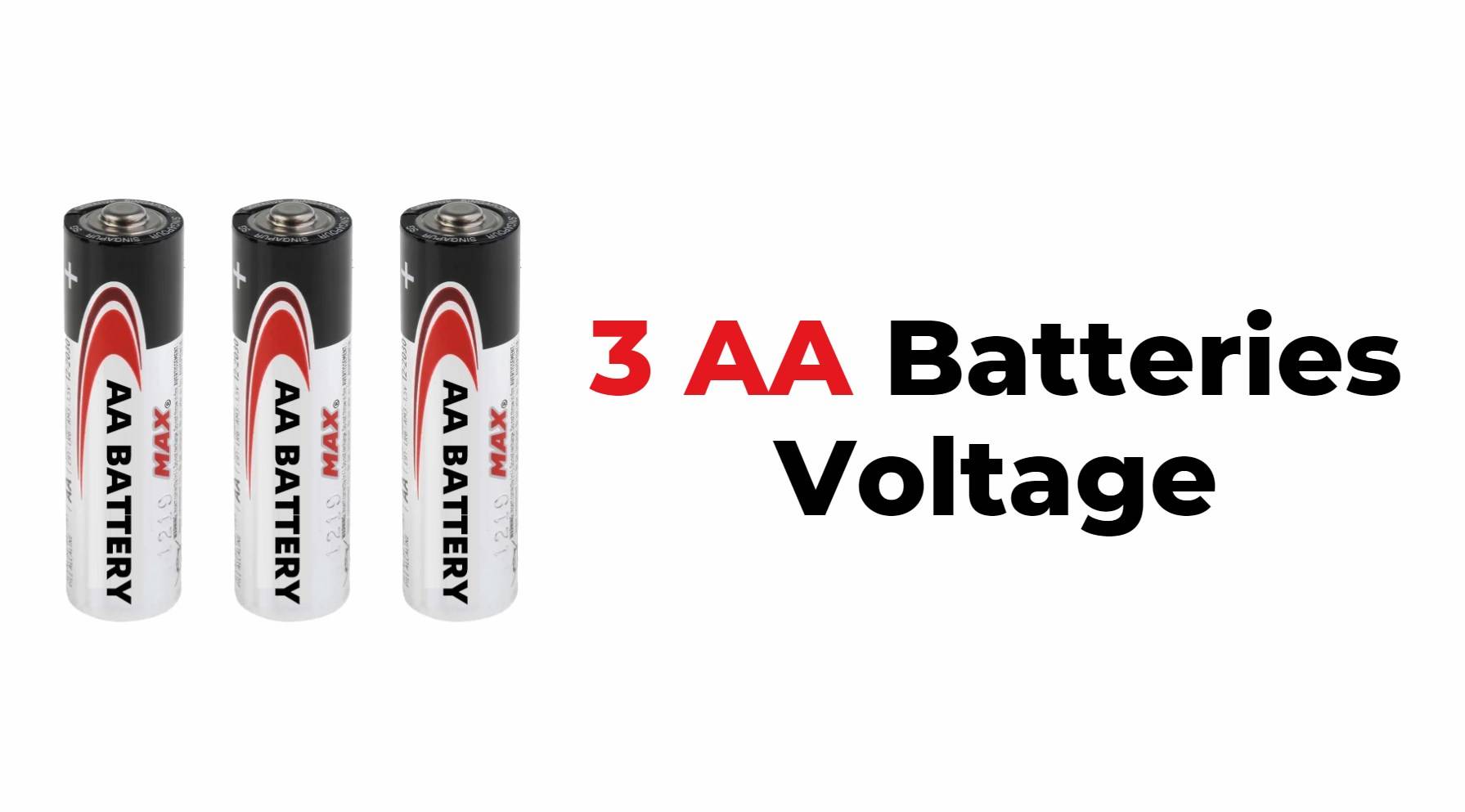- Lithium Golf Cart Battery
- Forklift Lithium Battery
-
48V
- 48V 210Ah
- 48V 300Ah
- 48V 420Ah (949 x 349 x 569 mm)
- 48V 420Ah (950 x 421 x 450 mm)
- 48V 456Ah
- 48V 460Ah (830 x 630 x 590 mm)
- 48V 460Ah (950 x 421 x 450 mm)
- 48V 460Ah (800 x 630 x 600 mm)
- 48V 460Ah (820 x 660 x 470 mm)
- 48V 500Ah
- 48V 560Ah (810 x 630 x 600 mm)
- 48V 560Ah (950 x 592 x 450 mm)
- 48V 600Ah
- 48V 630Ah
-
48V
- 12V Lithium Battery
12V 150Ah Lithium RV Battery
Bluetooth App | BCI Group 31
LiFePO4 Lithium
Discharge Temperature -20°C ~ 65°C
Fast Charger 14.6V 50A
Solar MPPT Charging - 24V Lithium Battery
- 36V Lithium Battery
- 48V Lithium Battery
-
48V LiFePO4 Battery
- 48V 50Ah
- 48V 50Ah (for Golf Carts)
- 48V 60Ah (8D)
- 48V 100Ah (8D)
- 48V 100Ah
- 48V 100Ah (Discharge 100A for Golf Carts)
- 48V 100Ah (Discharge 150A for Golf Carts)
- 48V 100Ah (Discharge 200A for Golf Carts)
- 48V 150Ah (for Golf Carts)
- 48V 160Ah (Discharge 100A for Golf Carts)
- 48V 160Ah (Discharge 160A for Golf Carts)
-
48V LiFePO4 Battery
- 60V Lithium Battery
-
60V LiFePO4 Battery
- 60V 20Ah
- 60V 30Ah
- 60V 50Ah
- 60V 50Ah (Small Size / Side Terminal)
- 60V 100Ah (for Electric Motocycle, Electric Scooter, LSV, AGV)
- 60V 100Ah (for Forklift, AGV, Electric Scooter, Sweeper)
- 60V 150Ah (E-Motocycle / E-Scooter / E-Tricycle / Tour LSV)
- 60V 200Ah (for Forklift, AGV, Electric Scooter, Sweeper)
-
60V LiFePO4 Battery
- 72V~96V Lithium Battery
- Rack-mounted Lithium Battery
- E-Bike Battery
- All-in-One Home-ESS
- Wall-mount Battery ESS
-
Home-ESS Lithium Battery PowerWall
- 24V 100Ah 2.4kWh PW24100-S PowerWall
- 48V 50Ah 2.4kWh PW4850-S PowerWall
- 48V 50Ah 2.56kWh PW5150-S PowerWall
- 48V 100Ah 5.12kWh PW51100-F PowerWall (IP65)
- 48V 100Ah 5.12kWh PW51100-S PowerWall
- 48V 100Ah 5.12kWh PW51100-H PowerWall
- 48V 200Ah 10kWh PW51200-H PowerWall
- 48V 300Ah 15kWh PW51300-H PowerWall
PowerWall 51.2V 100Ah LiFePO4 Lithium Battery
Highly popular in Asia and Eastern Europe.
CE Certification | Home-ESS -
Home-ESS Lithium Battery PowerWall
- Portable Power Stations
Understanding the Voltage of 3 AA Batteries

AA batteries are among the most common types of batteries used in everyday electronic devices. Knowing their voltage, especially when connected in series, is crucial for ensuring compatibility and optimal performance of various gadgets. In this article, we delve into the specifics of AA battery voltage and what happens when you combine three AA batteries in series.
The Standard Voltage of a Single AA Battery
A single AA battery typically has a voltage of 1.5 volts. This voltage is standard across most AA batteries, regardless of the brand or type, whether they are alkaline, lithium, or rechargeable. The 1.5 volts is a nominal voltage, meaning it is the average voltage when the battery is under load. In reality, a fresh AA battery might start at around 1.6 volts and gradually decrease as it discharges.
Connecting AA Batteries in Series
When we connect batteries in series, the voltages add up, but the capacity remains the same. For three AA batteries connected in series, the calculation is straightforward: 1.5 volts+1.5 volts+1.5 volts=4.5 volts1.5 \text{ volts} + 1.5 \text{ volts} + 1.5 \text{ volts} = 4.5 \text{ volts}
Therefore, three AA batteries in series produce a total voltage of 4.5 volts. This series connection is often used in devices that require a higher voltage to operate efficiently.
How to connect 4 batteries and 3 bateries together – life hack
Practical Applications of Three AA Batteries in Series
Many electronic devices require voltages higher than what a single AA battery can provide. Examples of such devices include:
- Flashlights: High-powered flashlights often use multiple batteries to achieve the desired brightness.
- Toys: Electronic toys, especially those with motors, often require higher voltages for proper operation.
- Remote Controls: Some advanced remote controls and gaming controllers utilize multiple AA batteries for extended battery life and performance.
- Portable Radios: Higher voltage is necessary for better sound quality and longer operation times.
In each of these applications, ensuring that the combined voltage from multiple AA batteries meets the device’s specifications is crucial to prevent damage and ensure optimal performance.
Impact of Battery Type on Voltage
While the nominal voltage of an AA battery is 1.5 volts, the actual voltage can vary depending on the battery type:
- Alkaline Batteries: Start at about 1.6 volts when fresh but quickly drop to around 1.5 volts and then slowly decrease as they discharge.
- Lithium Batteries: Generally provide a more consistent voltage and have a longer lifespan compared to alkaline batteries. They start around 1.7 volts and maintain close to 1.5 volts throughout their discharge cycle.
- Rechargeable Batteries (NiMH and NiCd): Typically have a nominal voltage of 1.2 volts when fully charged. Therefore, three rechargeable AA batteries in series would produce 3.6 volts instead of 4.5 volts.
Ensuring Compatibility with Devices
When using three AA batteries in series, it’s essential to check the device’s voltage requirements. Some devices are designed to handle a specific voltage range and exceeding this can lead to:
- Overheating: Excessive voltage can cause components to overheat, potentially damaging the device.
- Shortened Lifespan: Running a device at a higher voltage than recommended can shorten its operational life.
- Safety Risks: Higher voltage can increase the risk of electrical hazards, including shocks and fires.
Always refer to the device’s user manual or manufacturer specifications to ensure that it can safely handle the combined voltage of three AA batteries.
Advantages of Higher Voltage
Using three AA batteries in series to achieve a higher voltage has several advantages:
- Improved Performance: Devices that require higher voltage will perform better and more efficiently.
- Extended Battery Life: In some cases, higher voltage can result in longer operational times before the batteries need replacing.
- Greater Versatility: Higher voltage allows the use of AA batteries in a broader range of devices, increasing their versatility.
Disadvantages and Considerations
However, there are also some disadvantages and considerations to keep in mind:
- Bulkiness: Using three batteries instead of one increases the size and weight of the battery pack, which can be a drawback for portable devices.
- Cost: More batteries mean higher costs for replacements.
- Voltage Drop: As batteries discharge, the combined voltage will drop, which can affect device performance if it falls below the required threshold.
Conclusion
Understanding the voltage of three AA batteries connected in series is essential for ensuring the safe and efficient operation of various electronic devices. By recognizing the combined voltage of 4.5 volts, we can make informed decisions about battery usage in flashlights, toys, remote controls, and more. Always ensure that the devices are compatible with this voltage to avoid potential damage and safety hazards. Properly managing and monitoring battery usage will help maintain optimal performance and extend the lifespan of both the batteries and the devices they power.
FAQs
What is the voltage of an AA battery?
The standard voltage of AA batteries ranges from 1.2 to 1.5 volts. Alkaline AA batteries typically provide 1.5 volts, while rechargeable NiMH and NiCd AA batteries offer a nominal voltage of 1.2 volts.
Why do some AA batteries show a higher voltage than 1.5V?
Fresh alkaline AA batteries can measure 1.6 to 1.65 volts without load. This initial higher voltage decreases with use, eventually stabilizing around 1.25 volts as the battery nears depletion due to chemical reactions within.
What types of AA batteries are available?
AA batteries are available in various types, including alkaline, NiMH (Nickel-Metal Hydride), NiCd (Nickel-Cadmium), and lithium. Each type has different voltage ratings, capacities, and applications tailored to specific devices.
How does temperature affect AA battery voltage?
Temperature can impact AA battery voltage significantly. Cold temperatures may reduce output voltage, while warmer conditions can improve performance but may also increase discharge rates, shortening battery life.
Can I use a 1.2V rechargeable battery in a device designed for 1.5V batteries?
Yes, many devices designed for 1.5V batteries can function with 1.2V rechargeable batteries, although performance might vary. Check your device specifications to ensure compatibility and optimal performance.
How can I check the voltage of an AA battery?
To check an AA battery’s voltage, use a multimeter set to DC voltage. Place the red probe on the positive terminal and the black probe on the negative terminal, then read the voltage displayed.
What is the lifespan of an AA battery?
The lifespan of an AA battery depends on its type and usage. Alkaline AA batteries last longer in low-drain devices, while rechargeable NiMH batteries may have shorter runtime per charge but can be recharged many times.
Are there safety concerns with using AA batteries?
AA batteries are generally safe, but improper use can cause leaks or ruptures. Avoid mixing old and new batteries or different types in devices, and store them in a cool, dry environment to prevent damage.
How do I dispose of AA batteries properly?
Dispose of AA batteries following local regulations. Many areas offer recycling programs for batteries, especially for rechargeable types like NiMH and NiCd, which contain hazardous materials not suited for regular disposal.













